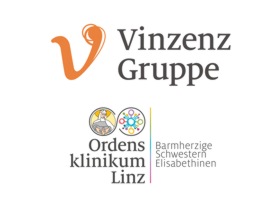Guidelines on radioiodine therapy for differentiated thyroid carcinoma: impact on clinical practiceTools Biermann, M und Pixberg, M K und Dörr, U und Dietlein, M und Schlemmer, H und Grimm, J und Zajic, T und Nestle, U und Ladner, S und Sepehr-Rezai, S und Rosenbaum, S und Puskás, C und Fostitsch, P und Heinecke, A und Schuck, A und Willich, N und Schmid, K W und Dralle, H und Schober, O (2005) Guidelines on radioiodine therapy for differentiated thyroid carcinoma: impact on clinical practice. Nuklearmedizin. Nuclear Medicine, 44 (6). pp. 229-237. ISSN 0029-5566 1 - 2005 Nuklearmedizin Biermann.pdf ['document_security_info' not defined] Nur registrierte Benutzer Herunterladen (332kB)
|
||||||||||||||||
|
|
|
|


 Tools
Tools Tools
Tools